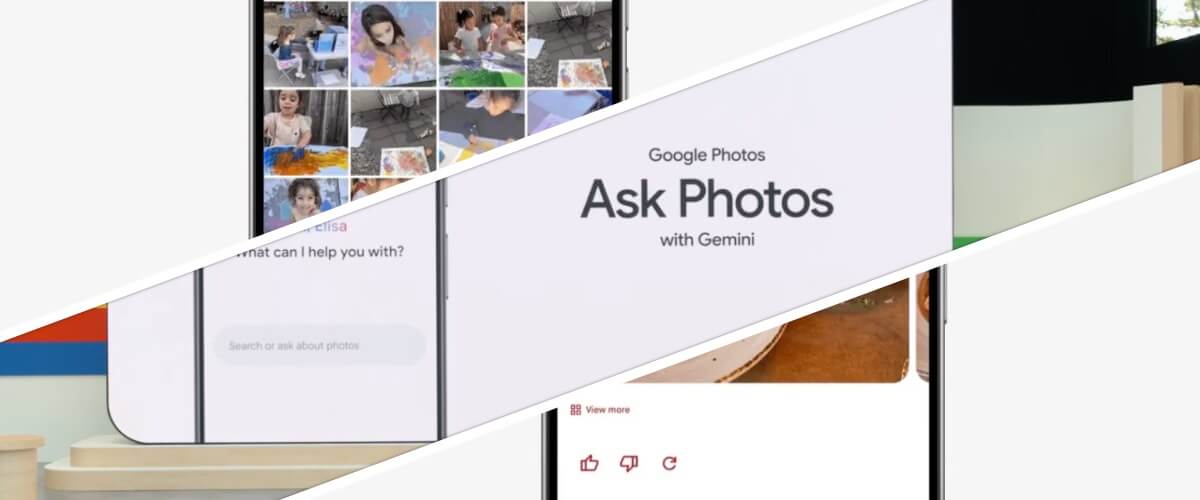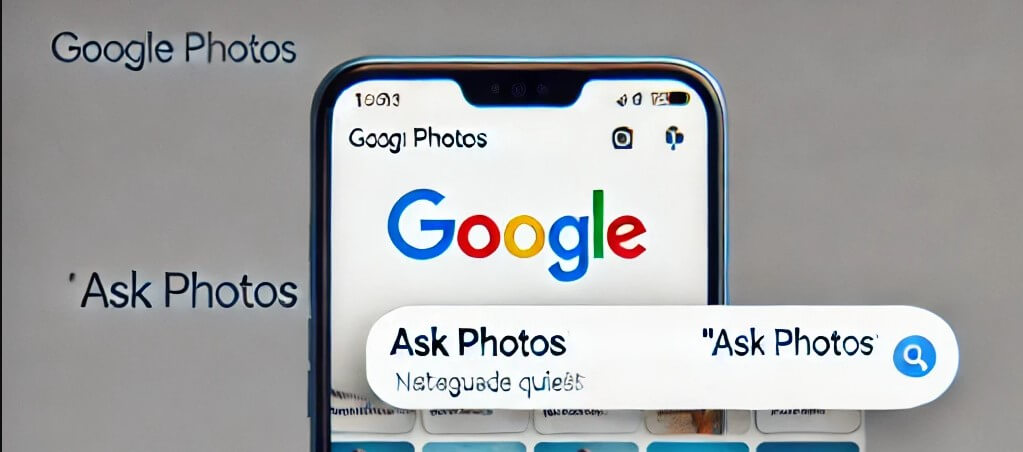Google is beginning the U.S. rollout of its AI-powered “Ask Photos” feature, first introduced at the Google I/O developer conference in May. The tool, which enhances the search functionality in Google Photos, is powered by Google’s Gemini AI model and allows users to conduct more complex and intuitive searches of their photo libraries using natural language queries. Initially available in early access to select U.S. customers, the feature will be expanded to a wider audience over time.
How Ask Photos Works

Previously, Google Photos users could search for specific people, places, or objects in their photo libraries based on tags or metadata. With the introduction of Ask Photos, the AI’s capabilities go far beyond basic searches. Users can now ask broader, more context-aware questions that require a deeper understanding of the content, such as identifying themes, analyzing events, or retrieving the “best” images from a specific location or time period.
For example, users can ask the AI to “show the best photo from each of the National Parks I visited.” In this case, the AI evaluates the quality of the photos by analyzing factors such as lighting, clarity, and geolocation to determine the most fitting image for each park. Additionally, users can ask more complex questions, like “what did we order last time at this restaurant?” or “which theme did we use for my child’s last birthday?”
The AI goes beyond recognizing faces and objects. It understands context, such as frequently visited places, relationships with important people, hobbies, and even preferred foods, making it an intelligent assistant for navigating personal photo collections.
Practical Use Cases

Ask Photos can serve multiple purposes:
- Event Recap: Users can quickly retrieve photos tied to specific events, trips, or memories, allowing them to summarize experiences like vacations or family gatherings.
- Album Creation: It simplifies the process of curating photos into albums by finding the best photos from a given period or set of events.
- Theme Detection: Parents can inquire about themes used for past birthday parties or events, and the AI can detect patterns based on decorations or costumes present in the images.
- Specific Details: For more practical use, the AI can help users recall information from past outings, like what they ordered at a restaurant or where they camped during a vacation.
The AI also offers photo retrieval for hobbyists or frequent travelers, who can ask about their experiences in certain places or activities, further organizing memories for better recall.
Privacy and Data Handling
As Ask Photos operates within Google Photos, privacy is a major focus of the rollout. Google emphasized that user data will not be used for ad targeting, and only the queries themselves may be reviewed by Google employees to improve the AI’s performance. However, the answers generated by the AI will not be manually reviewed unless a user requests support, provides feedback, or reports an issue.
The tool is being developed in line with Google’s AI Principles, ensuring that user privacy is maintained and that sensitive personal data remains secure while the technology continues to evolve.
Experimental Phase and Availability

Currently, Ask Photos is available in the Google Labs section for select users in the U.S. during its experimental phase. As Google gathers user feedback and improves the feature, it is expected to expand access to a broader audience in the coming months.
By incorporating natural language understanding and context awareness, Ask Photos marks a significant step forward in how users interact with their digital memories. It offers a more intuitive way to search, recall, and organize photos, making it easier to navigate vast personal photo libraries with the help of AI.
In conclusion, Google’s Ask Photos not only simplifies the photo search process but also deepens the connection between users and their digital content by understanding the context behind their memories. As it continues to develop, this feature promises to make photo management and retrieval a more personalized and seamless experience.






